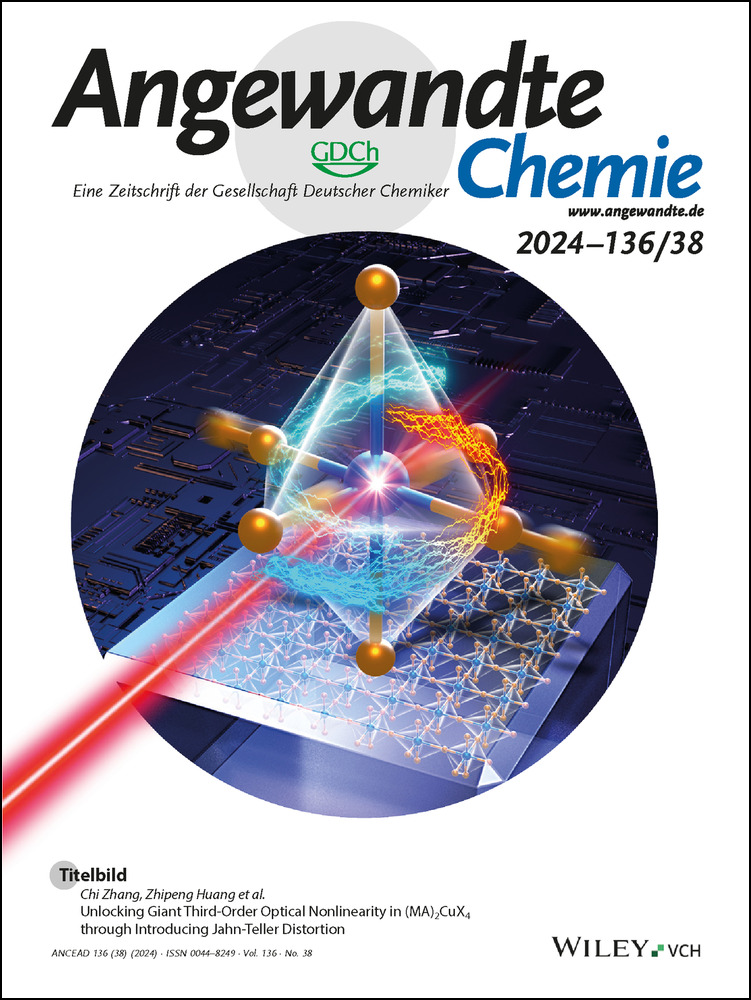Exhaled Anesthetic Xenon Regeneration by Gas Separation Using a Metal–Organic Framework with Sorbent-Sorbate Induced-Fit
Abstract
Noble gas xenon (Xe) is an excellent anesthetic gas, but its rarity, high cost and constrained production prohibits wide use in medicine. Here, we have developed a closed-circuit anesthetic Xe recovery and reusage process with highly effective CO2-specific adsorbent CUPMOF-5 that is promising to solve the anesthetic Xe supply problem. CUPMOF-5 possesses spacious cage cavities interconnected in four directions by confinement throat apertures of ~3.4 Å, which makes it an ideal molecular sieving of CO2 from Xe, O2, N2 with the benchmark selectivity and high uptake capacity of CO2. In situ single-crystal X-ray diffraction (SCXRD) and computational simulation solidly revealed the vital sieving role of the confined throat and the sorbent-sorbate induced-fit strengthening binding interaction to CO2. CUPMOF-5 can remove 5 % CO2 even from actual moist exhaled anesthetic gases, and achieves the highest Xe recovery rate (99.8 %) so far, as verified by breakthrough experiments. This endows CUPMOF-5 great potential for the on-line CO2 removal and Xe recovery from anesthetic closed-circuits.
Conflict of Interests
The authors declare no conflict of interest.
Open Research
Data Availability Statement
The data that support the findings of this study are available in the supplementary material of this article.




